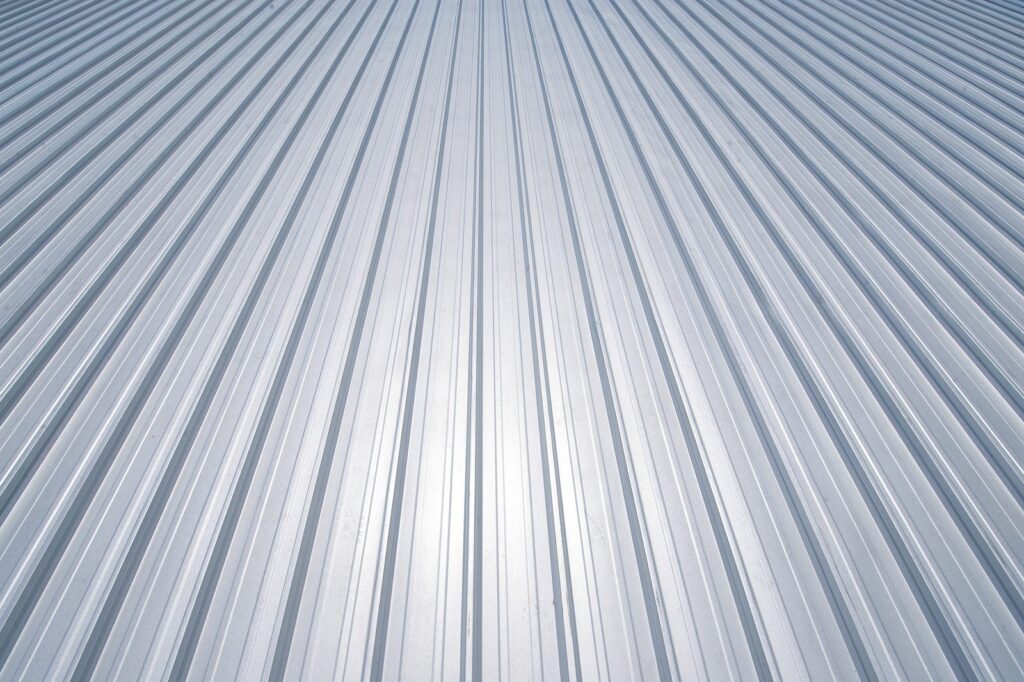4 Types of Steel: What Makes Them Different?
Steel is one of the most common materials used in manufacturing and construction. It’s strong, durable, and versatile, which makes it ideal for a wide range of applications. But did you know that there are different types of steel? In this blog post, we’ll be taking a look at four of the most common types of steel and what sets them apart.
Carbon Steel
Carbon steel is one of the most common and versatile types of steel. It’s composed of iron and carbon, which gives it a wide range of properties that make it ideal for a variety of applications.
The main advantage of carbon steel is its strength. It’s significantly stronger than most other types of steel, making it ideal for construction and other applications where high strength is required. Carbon steel is also relatively easy to produce, so it’s widely available and affordable.
Another advantage of carbon steel is its hardness. This makes it resistant to wear and tear, meaning it can be used in a variety of high-stress applications. Additionally, carbon steel is highly weldable, so it can be easily joined to create larger structures.
Despite its advantages, carbon steel has some disadvantages as well. One downside is that it rusts more easily than other types of steel. This means that it needs to be regularly maintained to prevent corrosion. Additionally, carbon steel isn’t as ductile as other types of steel, so it isn’t ideal for applications where flexibility is required.

Stainless Steel
Stainless steel is one of the most popular types of steel because it is resistant to corrosion and staining. This makes it a great choice for many applications, including kitchen sinks, appliances, and even medical equipment. There are several grades of stainless steel, each with its unique properties. For example, austenitic stainless steels are non-magnetic and have good weldability, while ferritic stainless steels are magnetic and have better heat resistance.
Alloy Steel
Alloy steels are made by combining carbon steel with one or more other metals, such as manganese, silicon, nickel, titanium, copper, chromium, or aluminium. These metals are added to produce specific properties that are not found in carbon steel. Alloy steels are more responsive to heat and mechanical treatments than carbon steels. The addition of these metals also allows the alloy steel to withstand high temperatures and corrosive environments.





